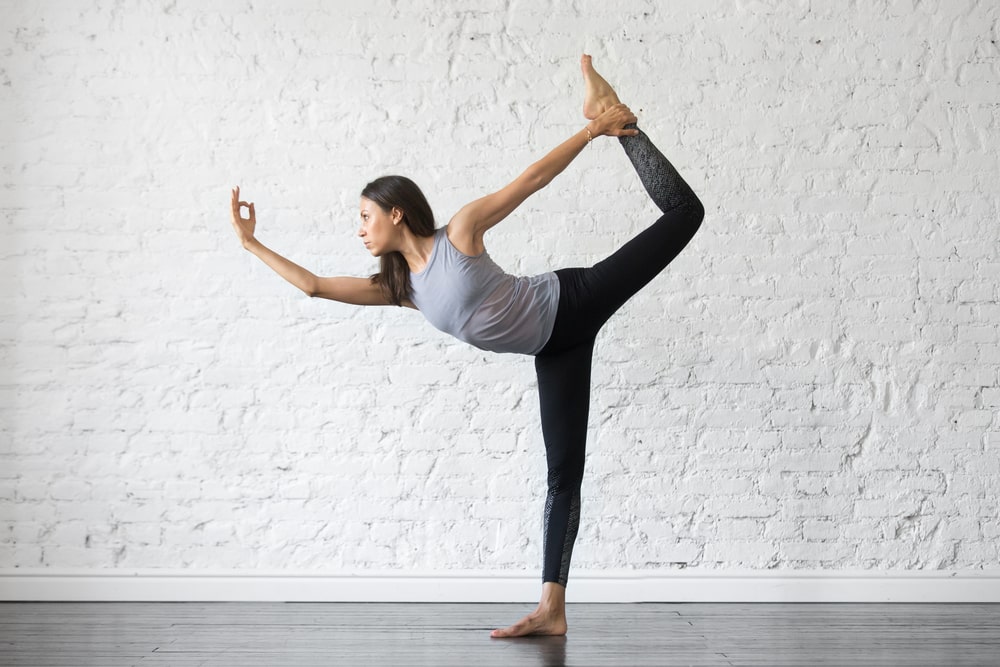Yoga is often touted as a gentle, soothing form of exercise. However, taking on new poses or holding challenging positions can sometimes leave your muscles feeling the burn. Is it normal to feel sore after yoga? How can you prevent or ease post-yoga muscle soreness? Let’s explore.
Why You Might Feel Sore After Yoga ?
There are a few reasons why yoga may leave you feeling achy or sore:
New Movements: If you’re a yoga beginner doing poses your body isn’t used to, you’re likely to feel it in your muscles the next day. Things like stretching a little farther than usual in a seated forward fold can lead to soreness.
Overstretching: Eager yogis may sometimes push too hard too soon into positions their body isn’t ready for yet. This overexertion can strain muscles.

Incorrect Form: Using improper alignment in poses like Downward Dog or Warrior II stresses muscles in unintended ways. Poor form leads to discomfort.
Too Much Variation: Jumping between muscle groups by changing quickly from one pose to the next can make surrounding support muscles work hard to stabilize joints.
Intense Classes: Fast-paced, advanced level yoga styles like power yoga or Ashtanga provide a strenuous strength workout that leaves muscles fatigued.
Common Areas of Soreness
Where you specifically feel sore depends on the poses focused on in class and your own body mechanics. But some typical sore spots include:
Shoulders: From bearing weight in upside down poses like Downward Dog and Handstand
Upper back: Overworked trapezius muscles in backbends like Wheel and Bridge Pose

Lower back: Extending spine in seated forward folds and twists
Quadriceps: Holding Warrior poses and lunges engages quads eccentrically
Inner thighs: Stretching inner thigh muscles in straddle stretches like Upavistha Konasana
Calves: Plantarflexing toes in Downward Dog and other heating, standing poses
Abs: Engaging core muscles to stabilize the spine throughout many poses
Tips to Prevent Yoga Soreness
While some muscle fatigue is expected when learning new movements, you can minimize excess yoga soreness by:
- Going slowly and respecting your body’s limits
- Using props like blocks and straps to support proper alignment
- Avoiding over-stretching or forcing range of motion
- Engaging your core throughout poses to protect the spine
- Building strength gradually with beginner level or gentle classes
- Balancing effort with relaxation in each pose
Easing Yoga Soreness
If you do wind up with sore muscles from yoga, try these tactics find relief:
Rest: Take 1-2 days off from yoga to allow your body to fully recover.
Hydrate: Drink plenty of water and electrolyte-rich fluids like coconut water.
Stretch: Try gentle stretches like child’s pose to flush out soreness.

Roll: Use a foam roller or massage ball to apply pressure to tender spots.
Heat: Apply a heating pad or take a warm Epsom salt bath to increase circulation.
Massage: Schedule a sports massage focused on overworked muscle groups.
Ice: Use an ice pack on strained or extremely tight muscles to reduce inflammation.
Soreness Isn’t Necessarily Bad
While excessive soreness means you likely overdid it, some muscle fatigue is normal especially when taking on new physical challenges like yoga. As long as pain does not persist for multiple days and you don’t have sharp joint pain or swelling, post-yoga muscle soreness is usually not a major cause for concern.


